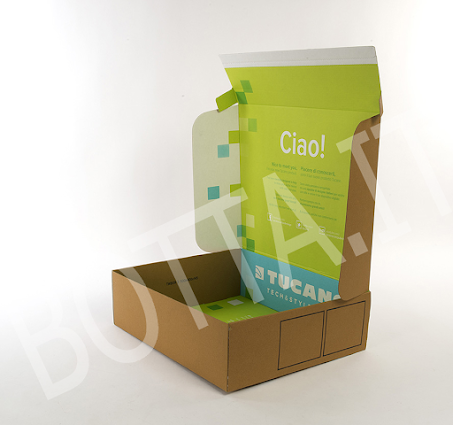Compostable packaging is the most effective solution to replace disposable plastic, performing the same packaging and storage function with equal efficiency. These packages degrade easily and quickly, reducing environmental impact and waste, as they do not cause the accumulation of rubbish. The requirements for a packaging to be submitted to industrial composting are grouped under the so-called "technical standard UNI EN 13432", a voluntary and agreed standard at European level that defines the standard that a packaging must meet in order to obtain certification in bioplastics, paper, cellulose, or combination of these materials.
The compostability of packaging materials greatly facilitates the management of the end-of-life of the packaging itself, making it compatible with the disposal routes for organic waste: the compostability of the packaging makes it possible to recycle it that otherwise could not happen. Compostable and recyclable packaging are packaging that guarantee safety and quality and meet the needs of a modern market that has as its objectives sustainability and circular economy, aiming to reduce as much as possible the use of non-recyclable materials and to make consumers aware of the consequences of their habits on environmental and individual health.
Compostable packaging is a real green turning point in the production sector, allowing the definitive replacement of packaging made of materials that are difficult to reuse and with potentially ecotoxic effects. In addition, a compostable material, as a result of its degradation, is transformed into an accumulation of organic materials (compost) which assume properties and appearance similar to the soil, generally used for fertilization or for repotting of plants and flowers: the richness in organic elements of the compost is, therefore, also able to improve the health and structure of the soil and its availability of nutrients.
Referencehttps://valsecchipackaging.com/imballaggi-compostabili-normative/

















